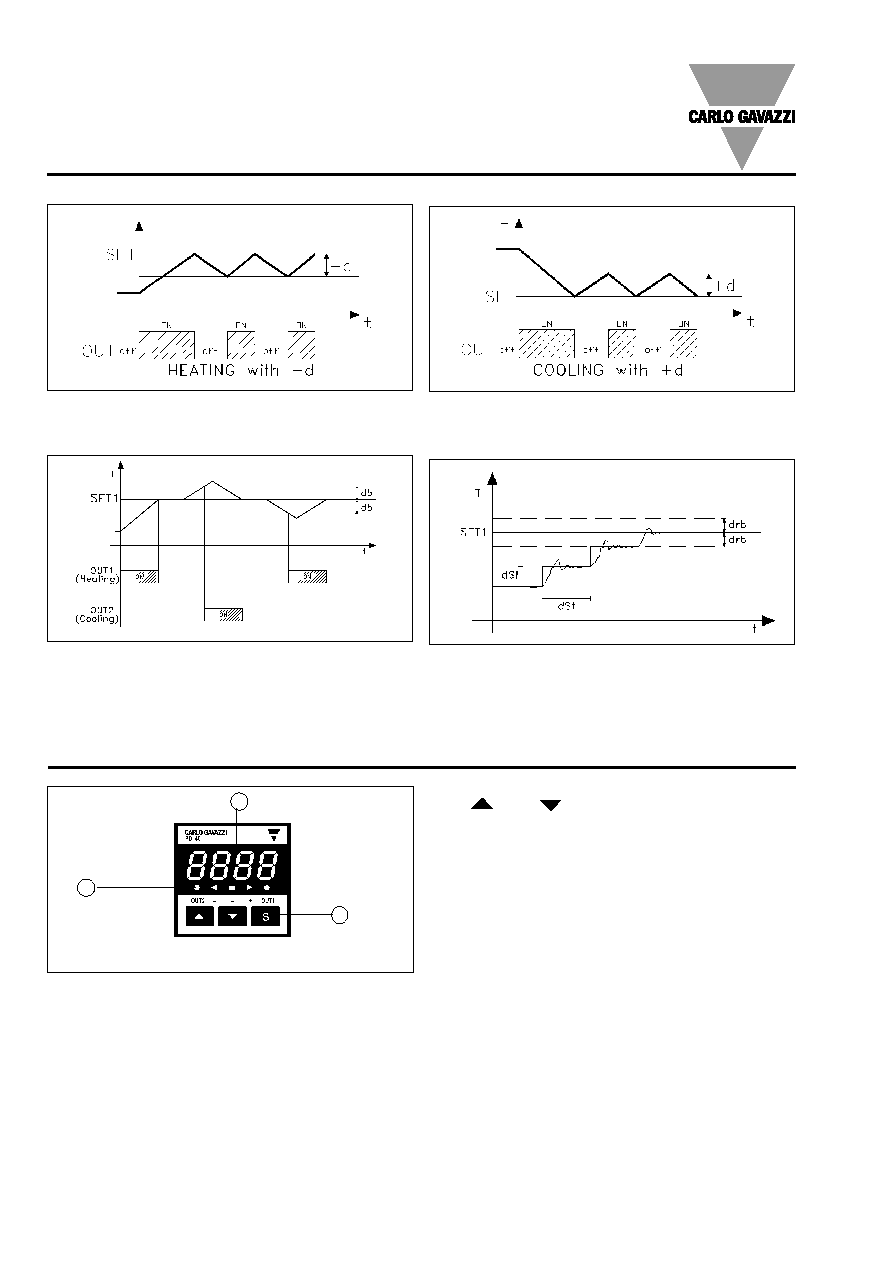

In this study, we hypothesized that paravertebral block could reduce the consumption of opioids during pancreatic resection surgery. Perioperative opioid use for pain control has been found to be associated with side effects and adverse prognosis.

The treating physician must be alert and active in the investigation and treatment of the bleeding source to ensure a successful outcome. Postpancreatectomy hemorrhage presents a major clinical challenge after pancreatoduodenectomy, with significant morbidity and high risk for mortality. After coiling of the artery, the remainder of the postoperative care was uneventful. Hence, the gastroduodenal artery stump was bleeding into the insufficient hepaticojejunostomy, filling up the biliary tree and the small intestine. Further investigation with conventional angiography identified the bleeding source at the gastroduodenal artery stump, which was successfully coiled. Upper tract endoscopy and computed tomography angiography were, however, unremarkable. Given our knowledge about the biliary anastomotic leak, this presentation led us to suspect an intraluminal source (biliary tract or gastrojejunostomy) with blood leaking through the insufficient hepaticojejunostomy into the abdominal cavity.

On the fourth postoperative week she presented blood in both drains and in her stool. Postoperatively, the patient suffered from an anastomotic leak in the hepaticojejunostomy, which was treated with percutaneous pigtail drains in the abdomen and in the biliary tract. It is a demonstration of the difficulties associated with finding the source of bleeding in late postpancreatectomy hemorrhage.Īn 82-year-old White female was diagnosed with a periampullary malignancy and underwent pancreatoduodenectomy. The exceptionality in our case lies in the underlying mechanism of its clinical presentation. Late postpancreatectomy hemorrhage is a rare but potentially lethal complication. Morbidity remains high, affecting 20–40% of patients. Mortality after elective pancreatic surgery in modern high-volume centers is very low.
CARLOS GAVAZZI PDI 40 TRIAL
Exploratory investigations include objectively measured changes in physical fitness assessed by cardiopulmonary exercise test, disease-free and overall mortality at 1-year postoperatively, longer-term physical activity behaviour change, pre-operative radiological tumour regression, pathological tumour regression, pre and post-operative body composition analysis, health economics analysis and nutritional characterisation and its relationship to post-operative outcome.Ĭonclusions: The WesFit trial will be a randomised controlled study investigating whether a high-intensity exercise training programme +/- psychological intervention results in improvements in clinical and patient reported outcomes in patients undergoing major inter-cavity resection of cancer.Ĭ registration: NCT03509428 () Secondary outcomes include disability-adjusted survival at 1-year postoperatively, post-operative morbidity, and health-related quality of life. Primary outcome is post-operative length-of-stay.

All patients undergo baseline and pre-operative cardiopulmonary exercise testing, complete self-report questionnaires and will be followed up at 30 days, 12 weeks and 12 months post-operatively. Group 4 will receive both exercise and psychological support. Group 3 (psychological support) patients are offered 1 session per week at a local cancer support centre. Group 1 (control) will receive usual pre-operative care, Group 2 (exercise) patients will undergo 2/3 aerobic, high-intensity interval training sessions per week supervised by personal trainers. Participants will be randomised to one of four groups. Methods: WesFit is a pragmatic, 2x2 factorial-design, multi-centre, randomised-controlled trial, with planned recruitment of N=1560. We aim to investigate whether a structured, responsive exercise training programme, a psychological support programme or combined exercise and psychological support, delivered between treatment decision and major intra-cavity surgery for cancer, can reduce length of hospital stay, compared with standard care. Prolonged post-operative morbidity is associated with persistently elevated risk of premature death. Low physical fitness and psychological factors such as depression are predictive of post–operative morbidity, mortality and length of hospital stay. Background: Surgical resection remains the primary curative treatment for intra-cavity cancer.


 0 kommentar(er)
0 kommentar(er)
